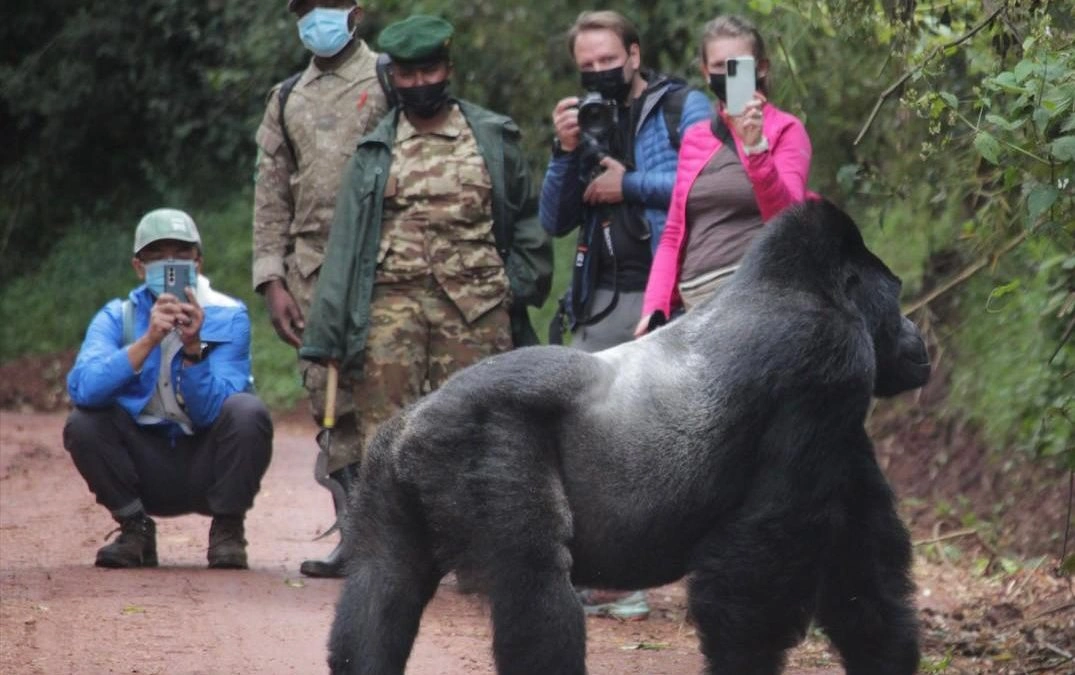
Uganda, often referred to as the “Pearl of Africa,” is home to some of the world’s most incredible wildlife experiences, but nothing compares to the thrill of gorilla trekking. Nestled within the misty forests of Bwindi Impenetrable Forest and Mgahinga Gorilla National Park, Uganda offers visitors the rare opportunity to observe endangered mountain gorillas in their natural habitat. For wildlife enthusiasts, adventure seekers, and nature lovers alike, a gorilla trekking trip in Uganda promises an unforgettable experience.
Why Uganda is the Best Place for Gorilla Trekking
Uganda is one of only three countries in the world where you can track mountain gorillas—the other two being Rwanda and the Democratic Republic of Congo. With over half of the world’s mountain gorilla population, Uganda offers some of the most accessible and well-managed trekking experiences. The country’s well-trained guides, excellent park infrastructure, and sustainable conservation practices ensure that visitors not only enjoy their encounters safely but also contribute to the preservation of these majestic creatures.
Bwindi Impenetrable Forest National Park, a UNESCO World Heritage Site, is the most popular destination for gorilla trekking. Covering 321 square kilometers of dense rainforest, it is home to more than 400 mountain gorillas, spread across multiple habituated families. Mgahinga Gorilla National Park, smaller but equally enchanting, provides a more intimate trekking experience in a volcanic landscape rich with biodiversity.
Planning Your Gorilla Trekking Trip
When to Visit
Uganda experiences two main seasons: the dry seasons (June to September and December to February) and the wet seasons (March to May and October to November). While gorilla trekking is possible year-round, the dry seasons are generally preferred because trails are less muddy and easier to navigate. However, visiting during the wet season has its own rewards—fewer crowds, lush greenery, and abundant birdlife.
Gorilla Permits
A crucial part of planning your trip is obtaining a gorilla trekking permit, which grants you access to trek and spend time with a gorilla family. Each permit costs around $700 for foreign non-residents and can be booked through the Uganda Wildlife Authority (UWA) or authorized tour operators. It is highly recommended to book permits well in advance, especially during peak seasons, as they are limited and sell out quickly.
Choosing a Gorilla Family
There are several habituated gorilla families in Uganda, each with its own unique personality and group dynamics. Your guide will assign a family based on availability and your trekking group size, which is typically eight people per trek. Spending one hour observing these incredible animals in their natural habitat is a profoundly moving experience that will stay with you forever.
The Trekking Experience
Gorilla trekking in Uganda is an adventure that combines physical activity, nature immersion, and wildlife observation. Treks can last anywhere from 2 to 6 hours, depending on the location of the gorilla family and the terrain. The trails wind through lush rainforest, bamboo forests, and steep hills, offering a rich variety of flora and fauna. Along the way, you may encounter other wildlife, including monkeys, forest birds, butterflies, and a stunning array of plant species.
Guides provide fascinating insights into gorilla behavior, social structures, and conservation efforts. Observing gorillas up close, from infants clinging to their mothers to silverbacks leading their groups, is a humbling and unforgettable encounter. Remember to follow your guide’s instructions carefully to ensure both your safety and the welfare of the gorillas.
Other Wildlife and Cultural Experiences
While gorilla trekking is the highlight of most Uganda trips, the country offers a wide range of other wildlife and cultural experiences. Visitors can explore chimpanzee tracking in Kibale Forest, safari drives in Queen Elizabeth National Park, and boat cruises along the Kazinga Channel, where hippos, crocodiles, and birds abound. Cultural encounters with local communities, such as the Batwa people near Bwindi, provide a deeper understanding of Uganda’s rich heritage and traditions.
Tips for a Successful Trek
- Dress appropriately: Wear long-sleeved shirts, long pants, and sturdy hiking boots. Bring a rain jacket, hat, and gloves depending on the season.
- Stay hydrated and energized: Carry water, snacks, and energy bars for the trek.
- Respect the gorillas: Maintain a safe distance of at least 7 meters, avoid direct eye contact, and never attempt to touch the gorillas.
- Travel light: Carry only essential items, as trekking trails can be steep and muddy.
- Photography: Cameras are allowed, but flash photography is strictly prohibited to avoid disturbing the gorillas.
Sustainable Tourism and Conservation
Gorilla trekking in Uganda plays a crucial role in conservation and local community development. Revenue from permits directly supports wildlife protection, anti-poaching efforts, and community projects such as schools and healthcare initiatives. By visiting responsibly, you contribute to the ongoing preservation of these endangered animals and the forests they call home.

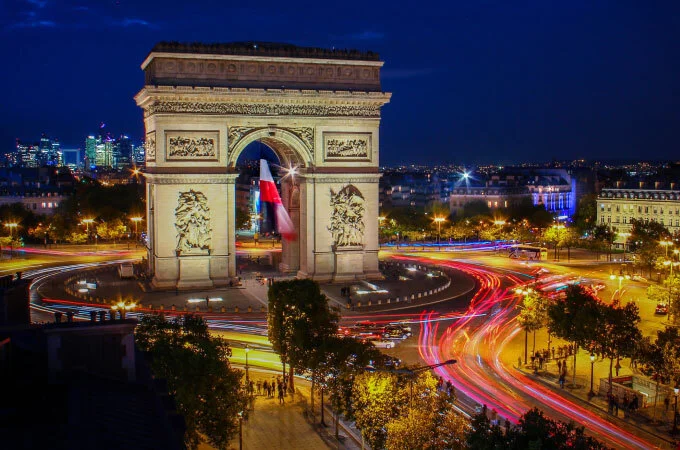
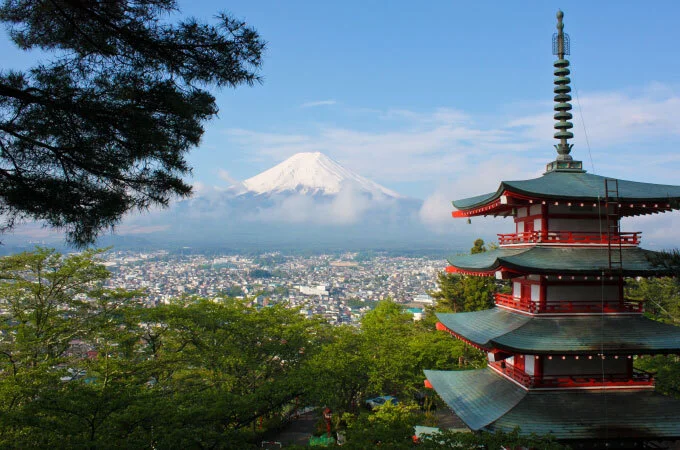
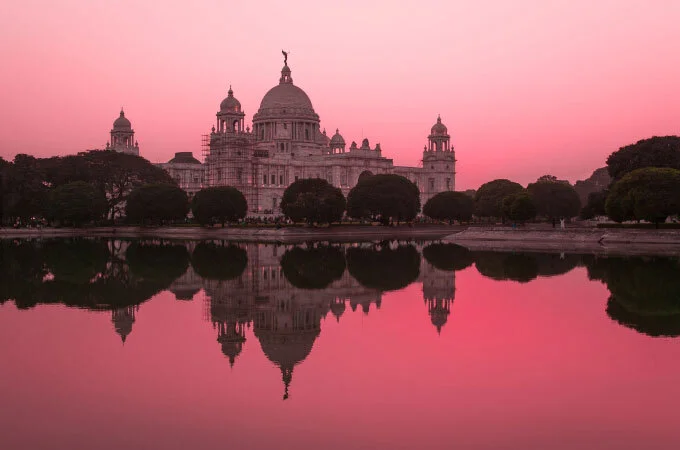
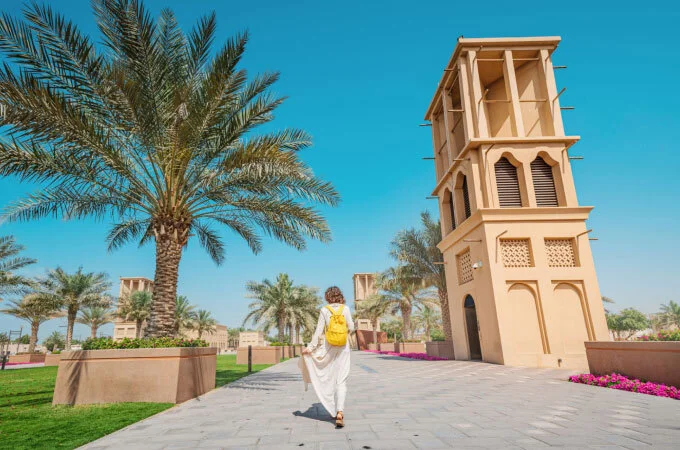


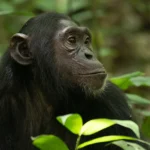
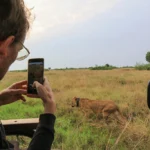
Leave a comment: